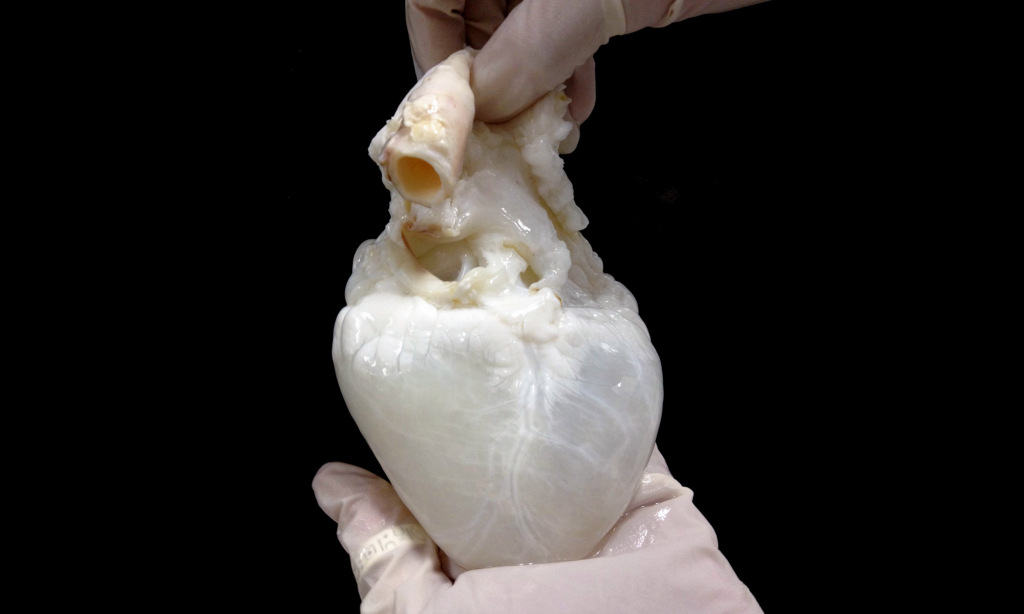AI in stem cell research
Artificial intelligence helps scientists understand how a declining population of stem cells contributes to aging
The application of artificial intelligence (AI) in medical research is on the rise. In some of the recent research, advanced computer algorithms are being used to figure out why we age.
Why do we get old?
The clock will of course always keep ticking, but why do our bodies change, why do we become wrinkled and weak? The question is so obvious that it may be surprising to hear that the answer from science is somewhat unclear. Some researchers have suggested that aging is due to the body accumulating damage and debris over the years and becoming worn out like a pair of old sneakers, while others believe that it is a biologically programmed process that plays an evolutionary role, just like childhood and puberty. The two approaches reflect the old dichotomy regarding nature and nurture, but both camps agree that stem cells are central to the process.
Adult stem cells are immature cells whose function is to replace damaged or dead cells with new fresh counterparts. They do this by going through so-called asymmetric cell division, where one daughter cell matures to a functional cell ready to perform its duty in the body, while the other daughter cell retains its status as a stem cell. The asymmetry is thus critical to maintaining the regenerative potential; if both cells after division become functional cell types, such as blood or skin cells, there are none left to create new cells in the future.
In order to not waste resources and pave the way for cancer, cell division is strictly regulated and new cells are created only when the need arises. But what are the needs, and how does the body tell the cells? It’s highly variable. Neurons, for instance, are almost exclusively created in the womb and during the first years of life and then stay put for the rest of your life, whereas in the bone marrow, and unbelievable 3 million red blood cells are created each second! But what happens if you lose blood, how does the body know it will produce more? It turns out that there are many factors that play a role in how much blood is to be produced. For example, more blood must be created in the event of an injury or blood donation, but this is also true if you are at a higher altitude, if you suddenly exercise more, if you gain weight, etc.
Artificial intelligence can help us understand the language of stem cells
Scientists have tried to understand and control these signals to the stem cells with the dream of one day being able to keep us young and healthy for longer. Unfortunately, it has proven to be extremely complicated because there does not seem to be a single simple control for the whole thing, but a number of factors and signals that together determine how, when and if a stem cell should create a new cell.
This is where artificial intelligence comes into the picture. What AI is really good at is learning to see patterns in large amounts of unstructured data. The British researcher Dr Ben MacArthur at the University of South Hampton is a professor of quantitative biomedicine and an expert in applying AI in stem cell research. He and his collaborators fed large amounts of experimental data into an artificial neural network, a kind of computer program that works similarly to our brain.
By looking at the activity of a large number of genes, the neural network was able to obtain a uniform picture of how a cell behaves and thus give researchers a clearer picture of how aging proceeds. It turned out that cells from older individuals (in this case 18 months old mice) had lost the ability to divide asymmetrically and therefore depleted the pool of stem cells, which the researchers believe is one of the more important pieces of the puzzle in biological aging. Without stem cells, the tissues cannot renew themselves but lead to the accumulation of damage that we see as aging.
The use of AI is increasing in stem cell research
This is not the first study to use AI to better understand how stem cells work. Dr. Demarcus Briers, an American scientist, recently published a study where AI was applied to make stem cells grow in pattern specified by the scientists. The hope is that such control in the future will allow for constructing organs that can be implanted into patients in need.
“Our machine learning model allows us to predict new ways for stem cells to organize themselves, and creates instructions on how to recreate these predictions in the lab,” he tells Drug target review [3].
Another use is to let AI select the cells that have the greatest clinical use, for example to create the most blood cells [4].
Sometimes research fields take big steps forward when they are crossed with other fields. Artificial intelligence has primarily been driven by large IT companies such as Google and Facebook, but is now being applied to a greater extent in medical research. It will take a long time before completely master the molecular language of our cells and how it affects our biological age, but the dream of eternal life will most likely live forever.
References:
1: https://www.nature.com/articles/s41591-020-01182-99
2: https://pubmed.ncbi.nlm.nih.gov/33296684/
4: https://www.sciencedirect.com/science/article/pii/S0301472X19309956



